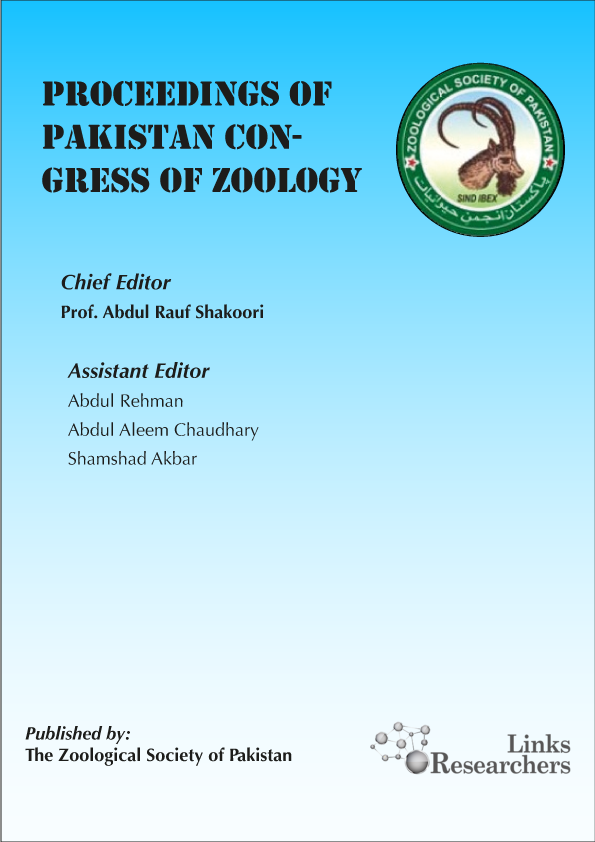Eman M. Farghaly1, Ahmed Samy1,2*, Heba Roshdy
M. Hanafy1, Rehab Elhelw2, Soliman M. Soliman3, Sherif Marouf2*
Mirtneh Akalu1,2*, Takele Abayneh2, Esayas Gelaye2, Behailu Tefera2, Teferi Degefa2, Vemulapati Bhadra Murthy1
Arsalan Maqbool1,2, Faez Firdaus Abdullah Jesse1,3*, Eric Lim Teik Chung3,5, Abd Wahid Haron3, Mohd Azmi Mohd Lila5, Bura Thlama Paul3,4, Khaliq ur Rehman Bhutto3,6
Fathin Faahimaah Abdul Hamid1, Mohd Farhan Hanif Reduan1*, Jasni Sabri1 , Faez Firdaus Jesse Abdullah2,Mohammed Naji Odhah1, Nur Athirah Binti Abdul Manaf1, Mohd Jefri Norsidin2 , Siti Nor Che Yahya1, Intan Noor Aina Kamaruzaman1, Nur Zul Izzati Mohd Rajdi1
Md. Rashedul Islam1, Abul Farah Md. Hasanuzzaman1*, Md. Latiful Islam2, Ghausiatur Reza Banu1
Fahad A. Al-Abbasi1*, Abdullah Samer Habib1, Vikas Kumar2 and Firoz Anwar1
SHEHLA AKBAR*, SAIQA ISHTIAQ*, KHALID HUSSAIN, ANS MUNIR & SAIRA REHMAN
Hafiza Mehwish Iqbal1, Salman Khurshid1*, Saqib Arif1, Qurrat-ul-Ain Akbar1, Saba Iqbal2, Shahid Yousaf3, Kainat Qureshi1, Abdul Karim Khan5, Abdul Ahad6, Aqeel Ahmed Siddique4 and Neelofar Hamid7
Mercy Cuenca-Condoy1*, Lourdes Reinoso-García2, Juan González-Rojas2, Dionel García-Bracho3
Maysoon S. Abbas, Shaimaa N. Yassein
Ying Zhong1,3,4, Jingni Chen1, Chunping Huang1, Huaiyuan Jin1, Jinlu Huang1, Lining Zhao1, Yi Geng3, Guiping Wang1,4 and Xueqiao Qian1,2*
Afnan Ahmed Allhyani1, Mohamed Baeshen1, Nagwa Thabet Elsharawy2,3*
Featuring
-
Seasonal Prevalence and Impact of Environmental Variables in Emergence of Aedes Mosquito in Multan, Pakistan
Faheem Ali and Amjad Farooq
Proceedings of Pakistan Congress of Zoology, Vol. 42, pp 59-64, 2024
-
Bioaccumulation of Heavy Metals in Freshwater and Marine Fish Species of Pakistan
Hina Jabeen, Usman Irshad, Kainat Azhar, Alisha Fatima, Asma Zaheer Abbasi, Tayyaba Sadia and Jaweria Aqeel
Proceedings of Pakistan Congress of Zoology, Vol. 42, pp 51-57, 2024
-
Unraveling Renal Complexities in Thalassemia Major: A Comprehensive Nephrological Inquiry in Central Punjab, Pakistan
Muhammad Waqas, Razia Bashir, Khadija Munir and Muhammad Arshad
Proceedings of Pakistan Congress of Zoology, Vol. 42, pp 45-50, 2024
-
Contamination of White and Brown Rice with Aflatoxin and Evaluation of Strategies for their Decontamination
Roheela Yasmeen, Sadia Amjad and Naseem Zahra
Proceedings of Pakistan Congress of Zoology, Vol. 42, pp 37-43, 2024
Subscribe Today
Receive free updates on new articles, opportunities and benefits

© 2024 ResearchersLinks. All rights Reserved. ResearchersLinks is a member of CrossRef, CrossMark, iThenticate.








